Basketball’s five positions are crucial for team success and strategy. What are the positions in basketball? These positions—point guard, shooting guard, small forward, power forward, and center—each demand unique skills and responsibilities.
Understanding these positions helps coaches create balanced lineups and exploit mismatches. Players can focus on developing position-specific skills, enhancing their contribution to the team.
This positional knowledge forms the foundation for advanced tactics and teamwork. It influences player matchups, defensive assignments, and offensive plays. From pickup games to the NBA, grasping these roles is key to basketball success.
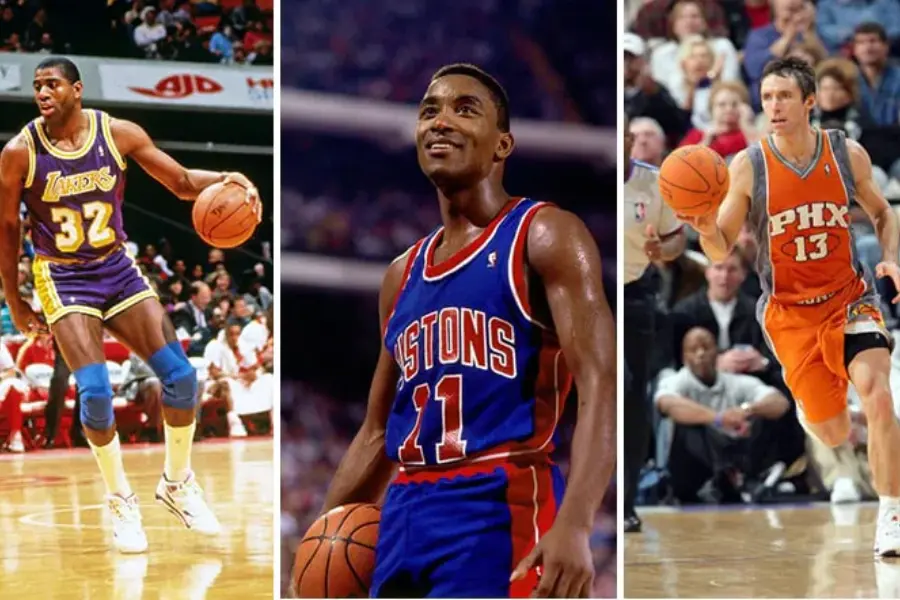
5 Basic positions in basketball
On the hardwood, five distinct roles drive the action. Each position demands unique skills and contributes to the team’s strategy.
Point Guard (PG): The floor general
– Quarterback of the offense
– Usually the shortest player, around 6’3′ (190.5 cm)
– Lightning-quick with razor-sharp court vision
Shooting Guard (SG): The sniper
– Lethal from beyond the arc
– Typically 6’5′ (195.6 cm) tall
– Agile defender with a knack for steals
Small Forward (SF): The Swiss Army knife
– Versatile player, adapts to various situations
– Often 6’7′ (200.7 cm) in height
– Blend of strength and speed
Power Forward (PF): The enforcer
– Dominant in the paint, averaging 6’9′ (205.7 cm)
– Muscular build for rebounding and post play
– Sets bone-crushing screens
Center (C): The anchor
– Tallest player, usually 7’0′ (213.4 cm) or more
– Protects the rim like a fortress
– Commands the low post on offense
These positions form the backbone of basketball strategy. Understanding their roles unlocks the game’s deeper layers. From the lightning-fast breaks to the bruising battles in the paint, each position plays a crucial part in the symphony of hoops.
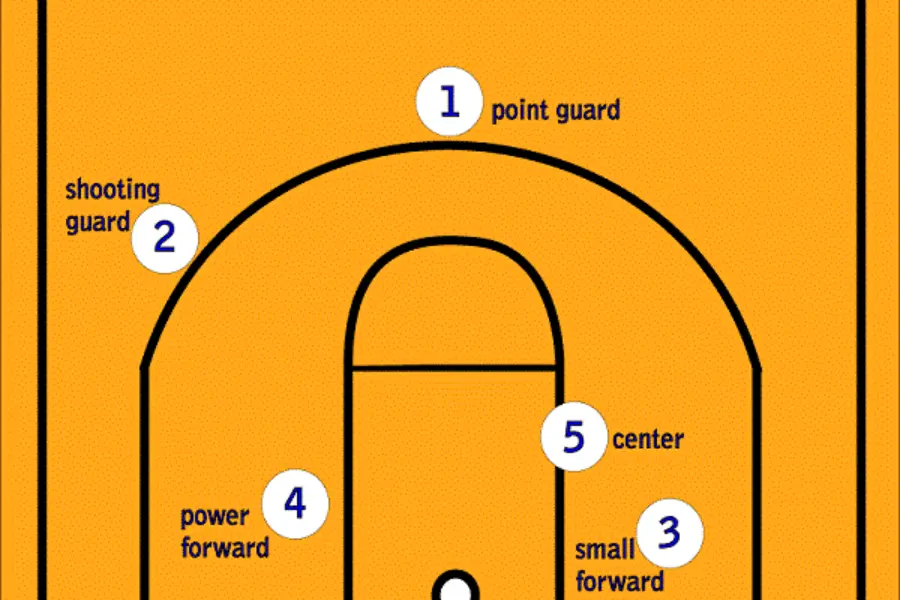
Point Guards: The On-Court Commanders
Point Guards (PGs) lead the team on the court. They handle the ball, create plays, and make quick decisions. These floor generals run the offense, control the game’s pace, and ensure everyone’s in the right spot.
To excel as a PG, you need:
1. Exceptional ball control
2. Quick direction changes
3. Strong ball protection
4. Precise passing
5. Sharp tactical vision
Top PGs like Chris Paul and Stephen Curry blend playmaking with scoring. They adapt to the fast-paced modern game, balancing facilitation and point production.
PGs often cover 2-3 miles (3.2-4.8 kilometers) per game, showcasing their endurance. Their court vision spans the 94-foot (28.65-meter) length of the NBA court.
Key skills include:
– Dribbling with both hands
– Reading defenses
– Anticipating plays
– Distributing the ball effectively
PGs embody leadership, strategy, and adaptability. They’re the team’s heartbeat, orchestrating plays and setting the tempo. Their role combines basketball IQ with physical agility, making them crucial to any successful squad.
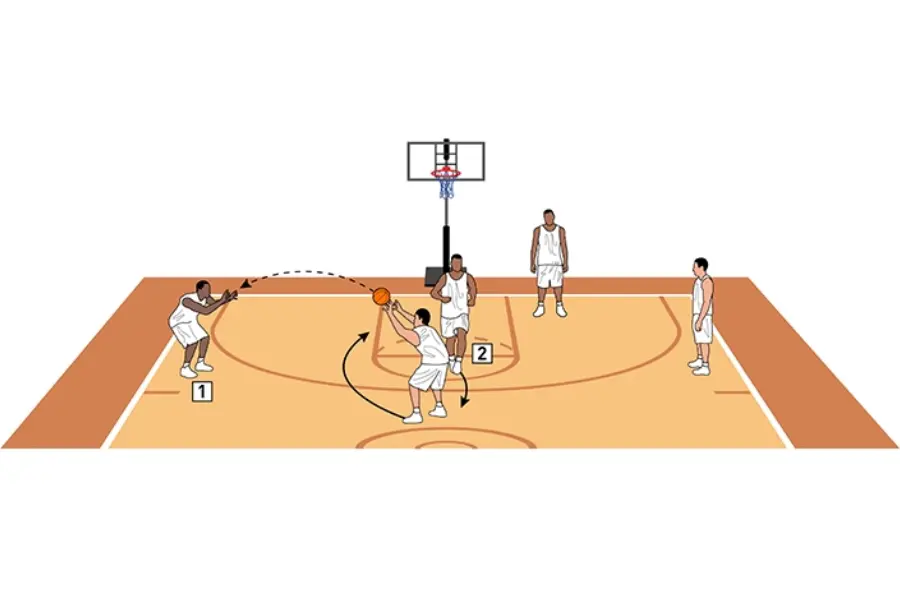
Shooting Guard (SG)
Shooting Guards (SGs) are offensive powerhouses. They’re the go-to scorers, especially from long range. SGs must excel at creating shots for themselves and teammates. Their primary job? Put points on the board, particularly from beyond the 23.75-foot (7.24-meter) arc.
Key skills for effective SGs:
• Sharpshooting: Master various techniques – catch-and-shoot, pull-up jumpers, and spot-up threes.
• Elusive movement: Navigate without the ball, using screens and cuts to get open.
• Tenacious defense: Guard opposing perimeter players effectively.
Iconic SGs like Michael Jordan and Klay Thompson showcase the position’s versatility. Jordan’s unmatched scoring prowess and Thompson’s lethal three-point accuracy highlight the SG’s potential. Combine these abilities to become a formidable offensive weapon while contributing defensively.
SGs stretch the floor, creating space for team offense. They’re pivotal in modern basketball’s fast-paced, high-scoring style. Their ability to sink shots from distance forces defenders to cover more ground, opening lanes for drives and passes.
The best SGs read defenses like books, anticipating movements and exploiting weaknesses. They’re not just shooters; they’re basketball IQ personified. Their off-ball movement is a constant threat, keeping defenders on edge and creating opportunities for teammates.
In today’s game, SGs often double as secondary ball-handlers, initiating offense when point guards face pressure. This versatility makes them indispensable in diverse offensive schemes.
Defensively, SGs must be quick-footed and alert. They guard some of the opponent’s best scorers, requiring a mix of speed, strength, and smarts. The ability to disrupt passing lanes and contest shots is crucial.
Top SGs impact games beyond scoring. They’re leaders, clutch performers, and team catalysts. Their presence on the court can shift momentum and demoralize opponents.
For aspiring SGs, relentless practice is key. Shooting drills, footwork exercises, and studying game film are essential. Physical conditioning is crucial too, as SGs often cover the most ground during games.
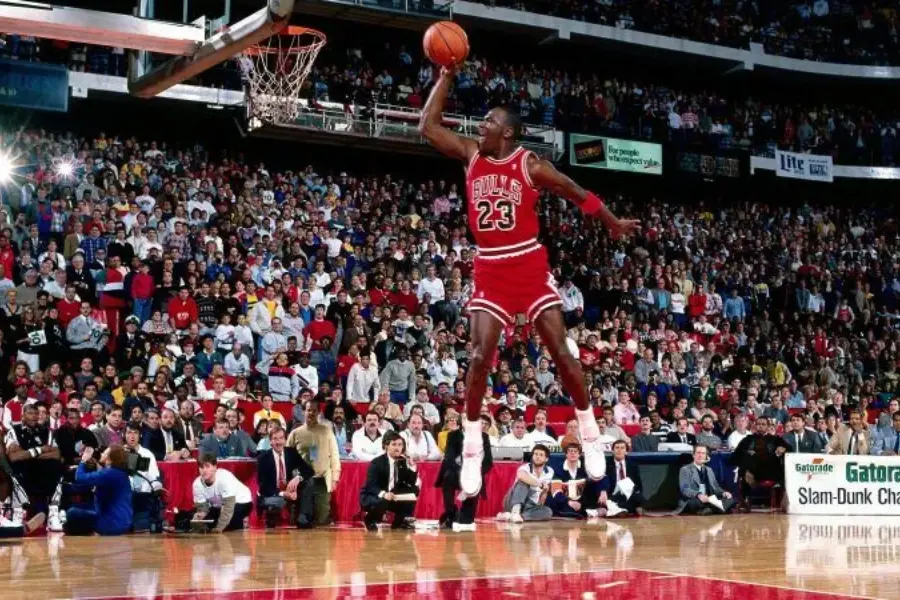
Small Forward (SF)
Small Forwards (SFs) are basketball’s Swiss Army knives. They bridge the gap between guards and big men, excelling in offense and defense. These versatile players impact the game in countless ways, making them vital to team success.
On offense, SFs score from everywhere on the court. They drive to the hoop, sink mid-range jumpers, and drain three-pointers. The best SFs create their own shots and set up teammates. Defensively, they guard a wide range of opponents, from nimble guards to towering forwards. This demands top-notch athleticism, footwork, and basketball smarts.
LeBron James and Kevin Durant epitomize the SF position. They dominate games with their scoring prowess, lockdown defense, and playmaking skills. As a SF, you must adapt quickly, filling any role your team needs. Your success hinges on reading the game, making split-second decisions, and impacting both ends of the court.
SFs typically stand between 6’6′ and 6’9′ (198-206 cm) tall. They combine the speed of guards with the strength of power forwards. This unique blend allows them to cover the entire 94-foot (28.65-meter) court effectively.
The position demands a well-rounded skill set. SFs must handle the ball like point guards, shoot like shooting guards, rebound like power forwards, and defend like centers. This jack-of-all-trades approach makes them indispensable in modern basketball’s positionless style of play.
Top SFs often lead their teams in multiple statistical categories. They might average 20+ points, 7+ rebounds, and 5+ assists per game. Their versatility allows coaches to deploy various lineups and strategies, adapting to different game situations.
In today’s NBA, the SF position has evolved. Many teams now use ‘small ball’ lineups, featuring SFs as power forwards or even centers. This trend highlights the position’s importance and adaptability in the contemporary game.
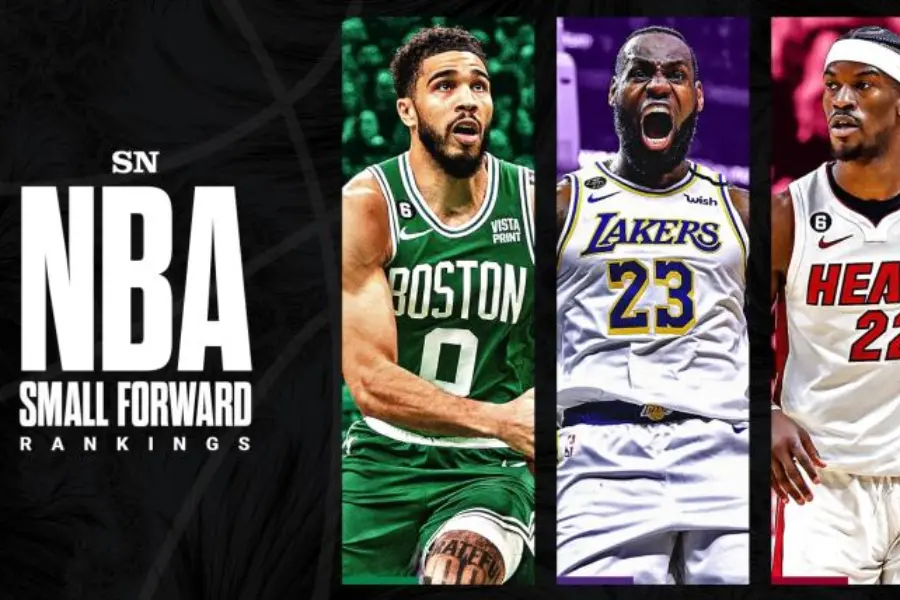
Power Forward (PF)
Power Forwards (PFs) are the muscle of basketball teams, dominating the paint on both offense and defense. These players, standing around 6’8′ to 6’11’ (203-211 cm), blend brute force with finesse to control the area near the basket.
PFs excel in rebounding, often snagging 8-12 boards per game. They set bone-crushing screens, creating space for teammates to score. Their low-post presence is crucial, both for scoring and drawing defensive attention.
While not primary scorers, PFs need a decent mid-range jumper to keep defenses honest. Their athleticism must be top-notch, allowing them to defend other forwards and occasionally switch onto guards. They form a defensive wall with the center, protecting the rim like sentinels.
On offense, PFs battle for position in the post, set rock-solid picks, and hunt for second-chance points. Tim Duncan’s fundamental brilliance and Giannis Antetokounmpo’s versatility showcase the position’s evolution. Modern PFs often stretch the floor, hitting threes to add firepower to the offense.
Key skills for PFs include:
1. Rebounding prowess
2. Defensive versatility
3. Post-up scoring
4. Screen-setting
5. Mid-range shooting
6. Basketball IQ
Top PFs in NBA history:
– Tim Duncan
– Karl Malone
– Kevin Garnett
– Dirk Nowitzki
– Charles Barkley
PFs typically cover 2-3 miles (3.2-4.8 km) per game, showcasing their endurance and versatility. Their physicality and skill make them indispensable cogs in the basketball machine, impacting the game in ways that often transcend the box score.
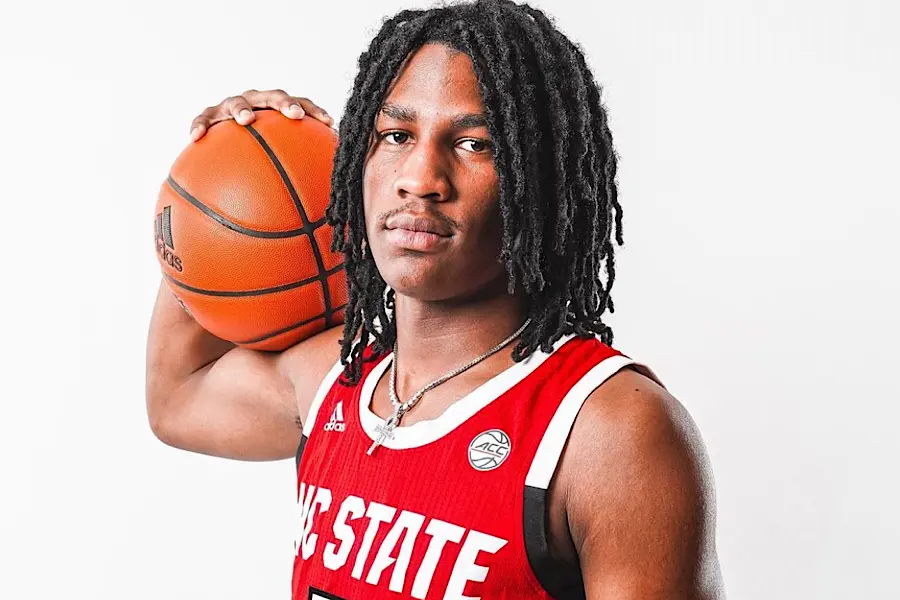
Center (C)
Centers dominate the paint, standing tall as the last line of defense and the cornerstone of many offensive plays. Their primary mission: rule the backboard and guard the key.
These giants, often towering over 7 feet (2.13 meters), use their size and strength to control the game. They’re rebounding machines, shot-blocking specialists, and close-range scoring threats.
Key skills for Centers include:
1. Rebounding mastery
2. Precise shot-blocking timing
3. Powerful finishes at the rim
4. Effective screen-setting
5. Smooth pick-and-roll execution
6. Low post scoring prowess
The Center position has evolved. Shaquille O’Neal exemplified raw power and paint dominance. Nikola Jokić represents a new breed, blending traditional skills with exceptional passing and outside shooting.
Modern Centers must adapt to the game’s changing demands while maintaining their crucial role as defensive anchors and interior offensive threats. They’re now expected to:
– Defend the perimeter
– Stretch the floor with three-point shooting
– Facilitate offense with sharp passing
Centers impact the game in unique ways:
– Altering shots without blocking them
– Creating mismatches on offense
– Providing a safety valve for guards
Successful Centers combine physical attributes with basketball IQ, positioning, and timing. They’re the team’s last line of defense and often the first option on offense.
As the game evolves, so does the Center position. Today’s Centers blend traditional post play with modern skills, making them more versatile and valuable than ever.
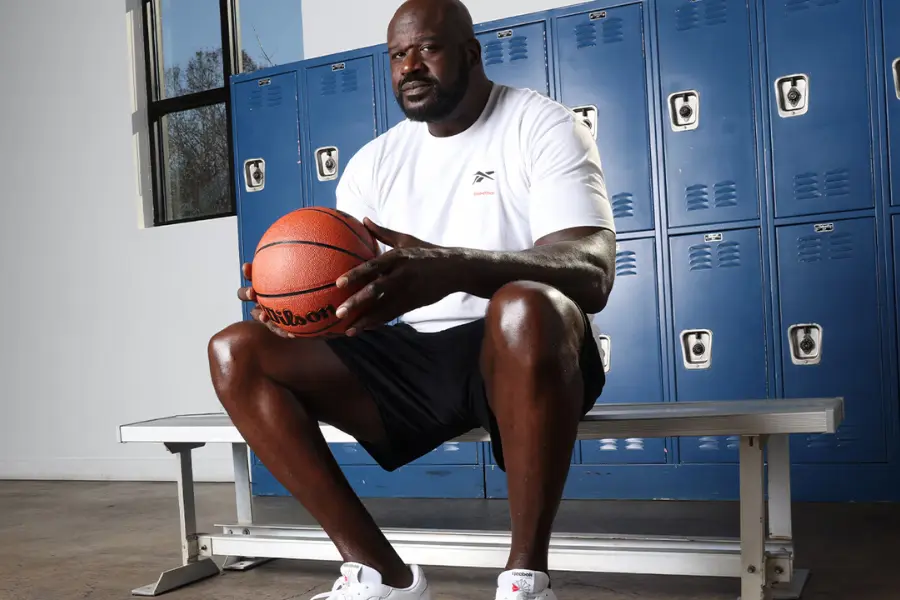
What is positionless basketball?
Positionless basketball revolutionizes the game, ditching old-school roles for a fluid, adaptable style. Players of all sizes, from 5’9′ (175 cm) guards to 7’0′ (213 cm) centers, now handle the rock, drain threes, and lock down multiple spots on D.
This fresh approach amps up offensive flexibility, creates killer spacing, and spawns mismatches. Teams can switch gears on the fly, keeping opponents guessing. But it’s not all smooth sailing – ballers need to level up their all-around game, and defensive holes can pop up.
Traditional hoops had players in set roles, like a big man camping in the paint or a floor general dishing dimes. Now, you’ll see players morphing between positions faster than you can say ‘alley-oop.’ This evolution has cranked up the game’s speed and dynamism, reshaping basketball from high school gyms to NBA arenas.
The benefits are clear: unpredictable offenses, versatile defenders, and a more entertaining product on the hardwood. But it’s not without challenges. Coaches must rethink strategies, and players need to expand their skill sets. It’s a brave new world where a 6’8′ (203 cm) forward might bring the ball up court one play, then post up the next.
This paradigm shift aligns with the modern emphasis on skill over size, mirroring trends in other sports and industries where adaptability is key. As the game evolves, so too must the players, coaches, and fans – embracing a style that blurs the lines between positions and celebrates all-around basketball IQ.
Summary
Basketball positions have evolved into a fluid, positionless style emphasizing versatility. Traditional roles—point guard, shooting guard, small forward, power forward, and center—now blend seamlessly. Players adapt swiftly, with guards posting up and centers sinking threes. Coaches prioritize well-rounded athletes who can handle the ball, shoot, and defend multiple positions. This evolution has quickened the game’s pace and heightened strategic complexity. As basketball continues to innovate, adaptability remains key, shaping both professional and local play.
